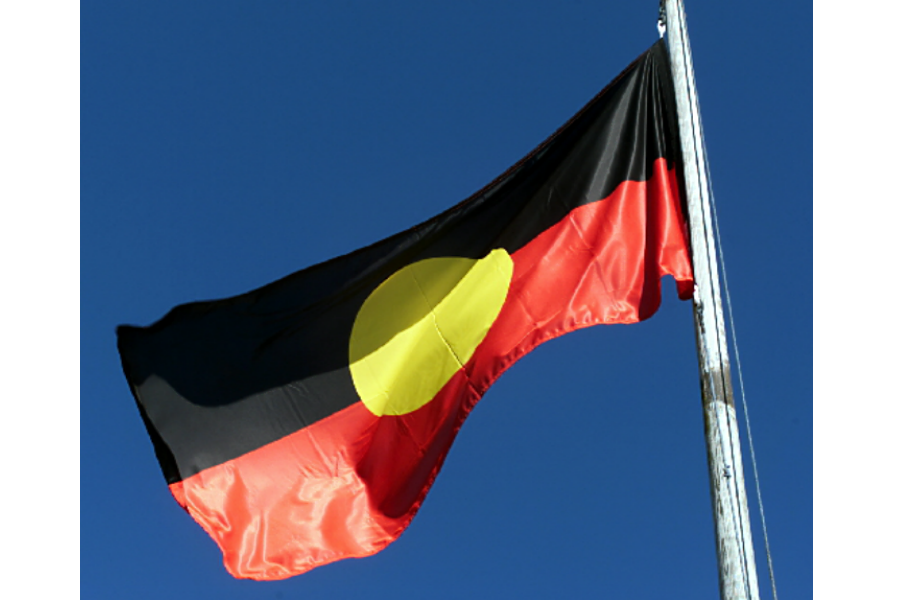Australian Aborigines spent 50,000 years isolated from the rest of us
Loading...
Australia, Papua New Guinea, and Tasmania made up one of the first regions modern humans reached after leaving Africa some 50,000 years ago. But, before Europeans arrived in the colonial era, did others follow?
Some scientists have said the archaeological record hints at an influx of new people around 4,000 to 5,000 years ago from India. At that time, languages and stone tools changed significantly, and Australian wild dogs, dingoes, arrived.
But geneticists found no evidence of such a migration in the Y chromosome of indigenous people living there today in a new study published Thursday in the journal Current Biology. Y chromosomes, passed from father to son, represent only paternal lineages.
"We show conclusively that the Aboriginal Australian Y chromosome did not originate from India or South Asia a few thousand years ago, but rather have these deep roots going back 50,000 years in Australia," says Chris Tyler-Smith, one of the study's lead authors, in an interview with The Christian Science Monitor.
And this means Aboriginal Australians may have 50,000 years of history completely separate from the rest of humankind.
When they arrived, lower sea levels meant that what are now separate island nations were then one continental land mass. "Sahul, the name of that ancient continent, seems to have been isolated, as far as migrations of people were concerned, for 50,000 years," says Dr. Tyler-Smith.
The region was beyond a section of ocean, called Wallace's Line, that scientists say was for the most part uncrossable by many species for a long period of time, so the first outside influence on Sahul genetics came with seafaring European invaders in the 1700s.
As one of the earliest modern human populations outside of Africa, Sahul inhabitants represent a separate run of human evolution from the one that played out across Eurasia and the Americas, says Tyler-Smith, providing insight into how human evolution varies in isolated contexts.
"Aboriginal Australians themselves have always seen themselves as having these very deep roots there," Tyler-Smith says. "The genetic analysis now confirms that."
The suggestion that other people arrived before the Europeans is not new, Darren Curnoe, an anthropologist at the University of New South Wales in Australia who was not part of the study, tells the Monitor in an email.
"The notion that Aboriginal Australians are closely related to South Asian people has been debated since the late 1800s," he says. Geneticists have sought to answer that question for over a decade.
"This new study marks a final nail in the coffin for this old idea, and it’s one that really should have been buried with its originator during the nineteenth century, Thomas Henry Huxley," Dr. Curnoe says.
Tyler-Smith says further analysis could strengthen his team's results. "We have studied this one particular region of the genome, the Y chromosome, but I think it's very important to study the rest of the genome," he says.
It's possible, he says, if unlikely, that people did come to Australia but left no trace of their Y chromosomes.
If the new stone tools and new languages cannot be explained by the immigration of a distinct population, what actually happened?
Some scholars suggest a changing climate or resources available could have precipitated the need for new technology or ways of communicating. Previous studies have suggested a link between environmental changes and language.
Or perhaps the population reached a critical mass and prompted the people to begin innovating.
But what about the dingoes?
They probably didn't swim across Wallace's line themselves, says Tyler-Smith. Nor could they have evolved from another animal already there.
He suggests that the dingoes could have been brought back from an expedition to South Asia by some of the people already living on Sahul, or that visitors to the region could have left the dogs, but not their DNA.






